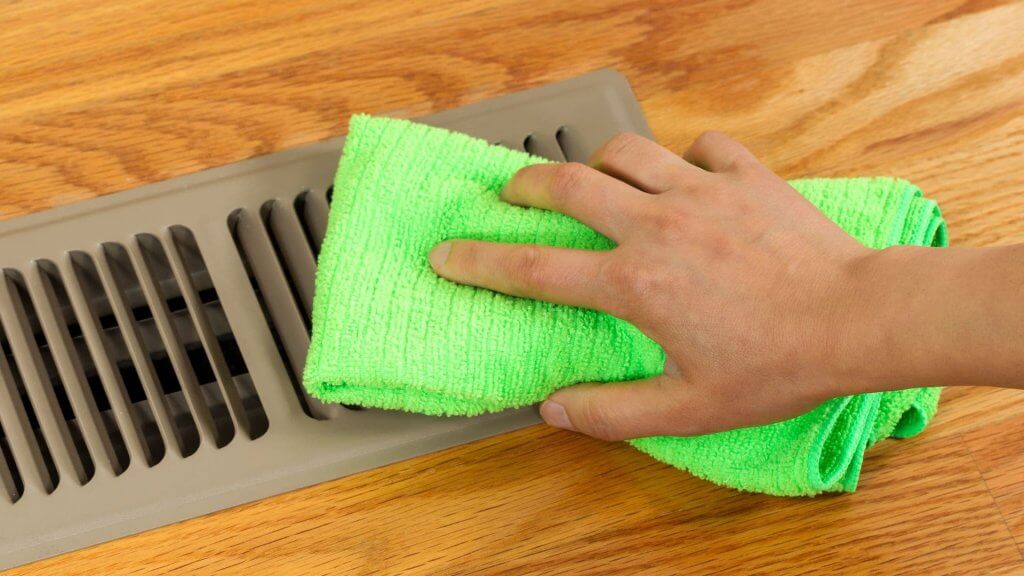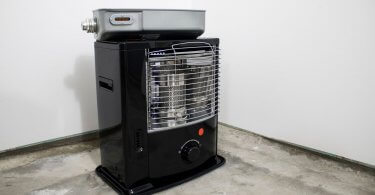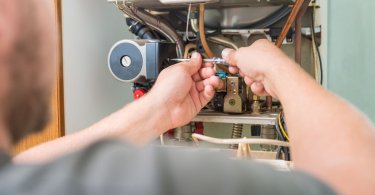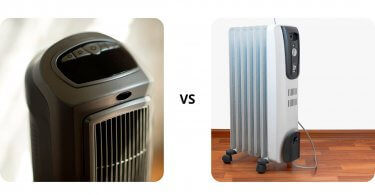When you’re renovating your home, there are a lot of choices to make. One of the most important is how you will heat and cool it. If you have central air, you need to decide where the smart vent will go. Do you have to cover them up? Or can you leave them exposed?
Covering or not covering a heating duct depends on its type. If the heating vent is a cold air return, it’s best not to cover it because you need the cold air to help cool the house. If the heating vent is a hot air exhaust, i.e., an air return vent, it’s OK to cover it because you want the heat to stay in the room.
If you want to maintain comfortable airflow in your home, I hear you. I’ll explore the benefits and disadvantages of air vent covers to ensure you experience good duct insulation. So instead of guessing what covering a couple of vents will do, read on for practical information.

Is Covering a Heating Vent Safe?
It’s usually safe if you’re careful about covering the ducts. But before you cover your vents, check with your local building codes to make sure that it’s legal to do so in your area. And never use air vent covers on a gas furnace, as this could cause carbon monoxide poisoning and leakage. You should only consider closing the vent if there’s a weather-related issue or leakage in your home.
There are several pros and cons to covering unit ventilators. The main pro is that it can help keep a room warmer by preventing the heated air from escaping and avoiding air leakage. The main con is that air vent covers can block direct airflow, making rooms feel stuffy and causing them to become overheated.
Another consideration is whether the covering is made of a fire-safe material. For example, a smart vent cover is a good choice for blocking the ducts, but covering vents with furniture can be risky. Similarly, magnetic vent covers are suitable for air ducts in your central home and basement vents. It’s also important to ensure enough space between the cover and the vent so that there’s uninterrupted airflow indoors.
If there isn’t enough space around the duct board, the cover could trap heat and alter the air pressure in your room. Since excess heat and pressure drop lead to uncomfortable airflow diagnostics, it’s better if you avoid using air vent covers or prefer a smart vent.
Why Shouldn’t You Cover Your Air Vents Unless Absolutely Necessary?
It’s not advisable to cover heating air ducts or your AC vent because it can cause the furnace to work harder and may even lead to a fire. Furnaces work by blowing heated air through the ducts and into the house. If you have furniture, curtains, or other items blocking the adjustable vents, it can prevent the heated air from circulating properly. This can cause the furnace and adhesive mount vent cover to overheat and potentially start a fire.
There are several other reasons why you might not want to cover air handling units. Here are some other them:
- First, it could affect the efficiency of your heating system. If air vents are covered, the air might also be unable to circulate, which means your heater will have to work harder to heat up the space.
- Second, using air vent covers can inadvertently block the intake of your furnace or other heating appliances. This could cause problems down the line like a disturbed flow of air, duct leakage, and additional pressure in your home.
- Third, if there is a fire in your home, covering air conditioning vents could limit the amount of oxygen available to help put it out.
So, while there might be some cases where covering ceiling vents is fine, it’s generally not something we recommend, especially if you’re concerned about disturbing airflow in your place and facing comfort issues.
Is Covering The Heating Vent A Fire Hazard?
Yes, covering the heating vent is a fire hazard. The U.S. Fire Administration recommends that you keep anything that can burn at least three feet away from heat sources like fireplaces, wood stoves, and radiators. Heating vents can become blocked by furniture, clothing, or other objects. When this happens, heat can build up and start a fire.
In fact, the leading cause of home fires in the United States is unattended cooking. But blocking ventilation isn’t just a fire hazard – it can also be a health hazard. When you block air ducts, you’re trapping dust, pollen, mold spores, and other particles inside your home. These issues can cause respiratory problems and cause airflow loss.
Is It Possible To Save Energy By Covering Air Vents?
It is possible to save energy by covering air vents, but it will depend on the type of vent, the climate you are in, and your comfort level as well.
Smart vents blow both hot and cold air maintaining a comfortable temperature (depending on the weather). In climates with extreme temperatures, it is important to have ventilation to regulate the temperature in a room. However, it is possible to save energy in warmer climates by covering air vents that blow out hot air.
This will keep the room cooler and allow you to use less energy to cool the room down. In colder climates, it is possible to save energy by covering air ducts that blow out cold air. This will keep the room warmer and allow you to use less energy to heat the room.
Related article: How To Heat a Garage For Free
Can You Put Furniture Over A Vent?
You can put furniture over a vent as long as the furniture is not blocking the airflow. If the air handler flow is blocked, it could cause the furnace to work harder than necessary and increase your energy bill.
For short periods, it is generally safe to cover ducts with furniture if there’s leakage. However, if you are going away for an extended period, or if the piece of furniture is very heavy, it is best to err on caution. If possible, try to block the vent with something not too dense and will allow air to flow through.
How To Cover A Heating Vent Safely?
Although you shouldn’t ideally cover your home’s air ducts and vents, some circumstances can make it inevitable. If you must use a screw-on mount vent cover on your wall vent or vent diverter, here are some tips for doing it safely:
- Ensure that the area around the floor vent and ducts is clear of any flammable materials. This includes anything from rugs and curtains to furniture and clothing.
- Take a look at the dryer vent itself. If it is metal, make sure that it is not rusted or damaged in any way. Cover any cracks or holes with duct tape or another type of sealant to prevent leakage and heat rise.
- Once the area around the vent is clear and the vent itself inspected, you can begin to cover the vent. Use a heat-resistant material such as foil or heavy-duty plastic to ensure the closed vents stay safe, and there’s no attic leakage. Tape the material securely in place so that it does not come loose.
- Turn on the furnace or other heating system and monitor the room’s temperature. If it gets too hot, turn off the system and remove the cover from the vent.
By following these simple steps, you can safely use air vent covers for your home and avoid potential accidents like downstream duct leaks, air leakage, and duct losses.
Read also: Ceramic vs Infrared Heater
Final Thoughts
There is always debate over whether or not it is necessary to cover your home’s air vents. Some people argue that it helps to keep dust and dirt out of the vents along with preventing a range of leakages, while others contend that it can actually hinder air flow and lead to problems with the HVAC system.
Ultimately, the decision of whether or not to cover your smart vent is up to you. However, if you decide to cover them, use a safe and sturdy material that will allow air to flow freely. Otherwise, you run the risk of damaging your HVAC system and causing expensive repairs because of air leakage and excessive pressure.





Leave a Comment